It’s a photograph which hints at things to come, even though it was taken nearly 60 years ago; the then teenage Prince Charles playing a leading role in a drama production of Shakespeare’s Henry V.
The image was taken at Gordonstoun in Moray, where the young Royal who has now become King Charles III, was educated in the 1960s, and it captures how he relished being involved in the performing arts and music at the Scottish school, founded by German Jew Kurt Hahn in 1934.
They weren’t always happy times – the new monarch once described Gordonstoun as “Colditz in kilts” – and he fell ill with pneumonia, suffered a broken nose while playing rugby and was involved in what was dubbed “The Cherry Brandy Affair” in 1963 when he bought and drank the alcoholic beverage at a hotel on the Isle of Lewis.
Not only was he under the legal drinking age, it was also forbidden for Gordonstoun boys to drink liquor.
The story made the headlines after two journalists drinking nearby heard what had happened and wrote a sensational account. And Mr Robert Chew, the headmaster of the school, was said to have spoken “strongly” to him about the incident.
Breaking royal tradition at Gordonstoun
King Charles III spent five years at Gordonstoun and the decision to send him to a British school was a significant departure from the Royal norm. Indeed, he was the first Prince of Wales to be educated at a school, as opposed to private tutors.
One contemporary newspaper even described the move as “spectacular” and highlighted the fashion in which an heir to the British throne was being brought up in a “pretty classless society”, including boys from a working-class background.
On his first day – May 1 1962 – Prince Charles was flown to RAF Lossiemouth in a plane piloted by his father, the Duke of Edinburgh, who was one of Gordonstoun’s first pupils, and subsequently driven around half a mile into the academic institution.
It was the start of a period he would never forget for a variety of reasons.
With the ethos of the school focused on preparing students for life, and not just exams, the Prince enjoyed a range of activities away from the classroom, including being a member of HM’s Coastguard Unit, taking lead roles in drama productions, singing in the school choir and playing trumpet and cello.
Unusual interest began at Gordonstoun
The latter sparked a minor controversy when he was illicitly filmed performing with the Gordonstoun School Orchestra in a concert at Elgin Town Hall in 1967.
A “forbidden picture” was taken by a photographer using a pair of opera glasses which had been converted to house a camera in an episode straight from a James Bond movie.
He was also a member of the Debating Society, an accomplished potter, and embarked on regular sailing and walking expeditions in the Highlands.
And he left Gordonstoun in 1967 with five O-levels in English Language, English Literature, History, Latin and French and two A-levels in History and French; above average results which secured him a place to study archaeology and anthropology at Cambridge University.
At the time, it was a surprise decision for a future King, who would have been expected to focus on specially-chosen subjects such as constitutional history.
His interest in archaeology was said to have begun at Gordonstoun, when he organised a dig in local cliff caves containing prehistoric relics and it piqued his imagination.
At Gordonstoun, he lived in Windmill Lodge, which is now a female boarding house. His contemporaries described the communal areas as being warm and cosy, although it was customary to leave a window open in dormitories for ventilation – this belief in the benefits of fresh air was not uncommon in the 1960s.
As for the allegedly harsh regime of cold showers and early morning runs, the daily timetable during the school’s early days did include a morning run of 50-100 yards, followed by a warm shower, then a cold one.
But, while austere, it was far from being a prison and, although some reports described the Prince as being “temperamentally unsuited” to the rigours of the curriculum, that isn’t borne out by the evidence.
The King has talked about his own memories of Gordonstoun, spoken fondly of his experiences, and described as “rot” the notion he was unhappy at the school.
‘Gordonstoun developed my willpower and self control’
He said in 1974: “I’m glad I went to Gordonstoun. It wasn’t the toughness of the place – that’s all much exaggerated – it was the general character of the education there….with the emphasis on self-reliance to develop a rounded human being.
“I didn’t enjoy school as much as I might have done, but that was only because I’m happier at home than anywhere else. But Gordonstoun developed my willpower and self control, and it helped me to discipline myself.
“We went in for ‘adventure’. We ran our own fire brigade and had our own sea rescue service, mountain rescue and coastguard. It was adventure. And we were damn good.”
The future King’s brothers Prince Andrew and Prince Edward also went to Gordonstoun and although Princess Anne could not join them in the 1960s because it was an all-boys establishment, she sent her children Peter Philips and Zara Tindall to the school.
Other famous alumni include Olympic rowing double gold medalist Heather Stanning; musician Roy Williamson, a member of The Corries and composer of Flower of Scotland; Duncan Jones, the son of rock musician David Bowie; and Jason
Connery, the son of Sir Sean Connery.
School helped Charles prepare to be King
The school also has a bizarre association with a computer game character – the fictional biography of Lara Croft listed her as being a former sixth-form pupil at Gordonstoun, where she ‘discovered’ her love of adventure.
But let’s leave the last words to our new King.
He said: “I am always astonished by the amount of rot talked about Gordonstoun and the careless use of ancient cliches used to describe it.
“It was only tough in the sense that it demanded more of you as an individual than most other schools did – mentally or physically.
“I am lucky in that I believe it taught me a great deal about myself and my own abilities and disabilities. It taught me to accept challenges and take the initiative.”
And it helped prepare him for the title which he now holds.
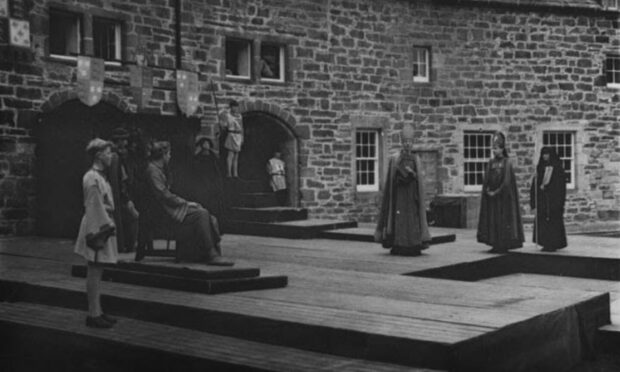
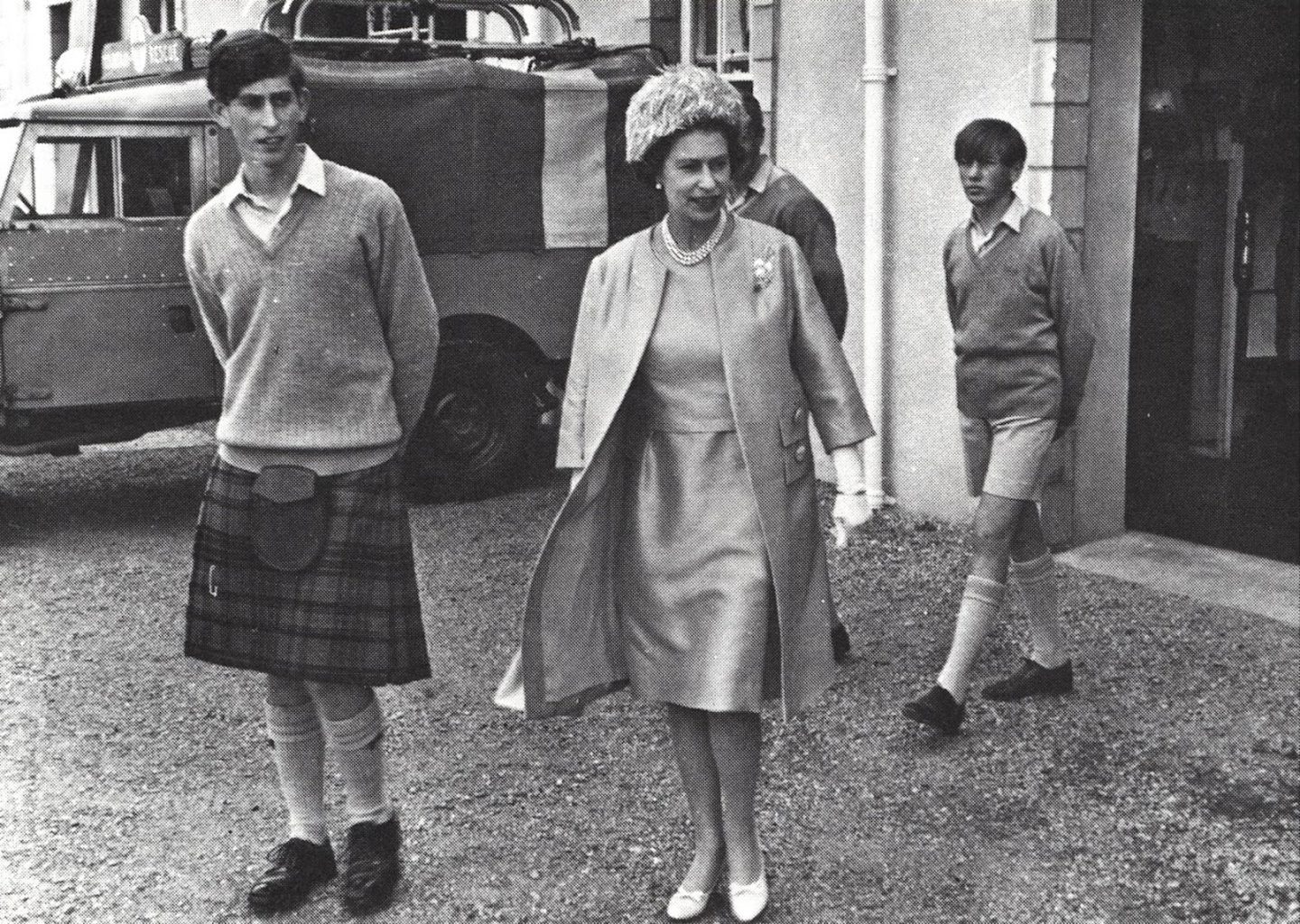
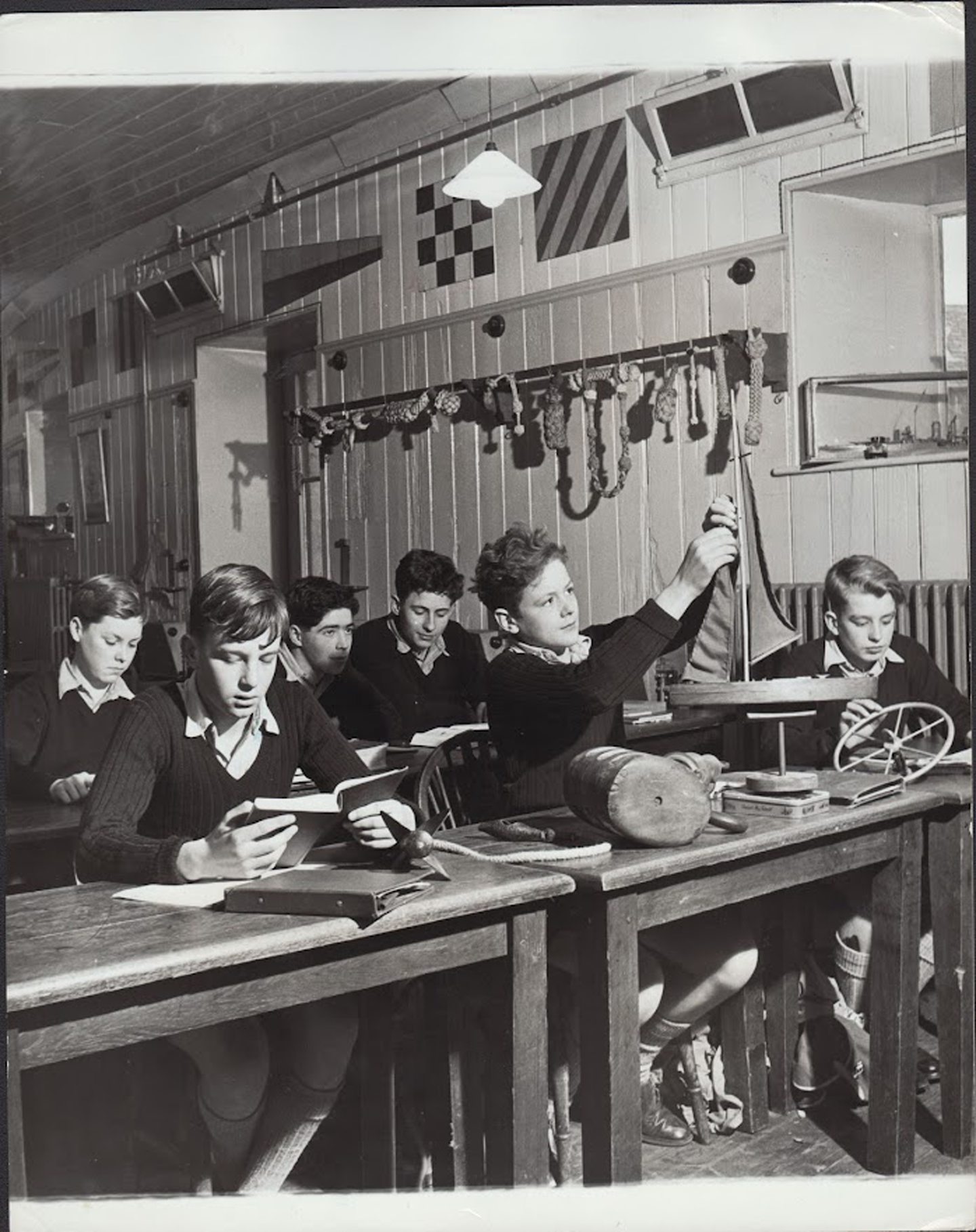
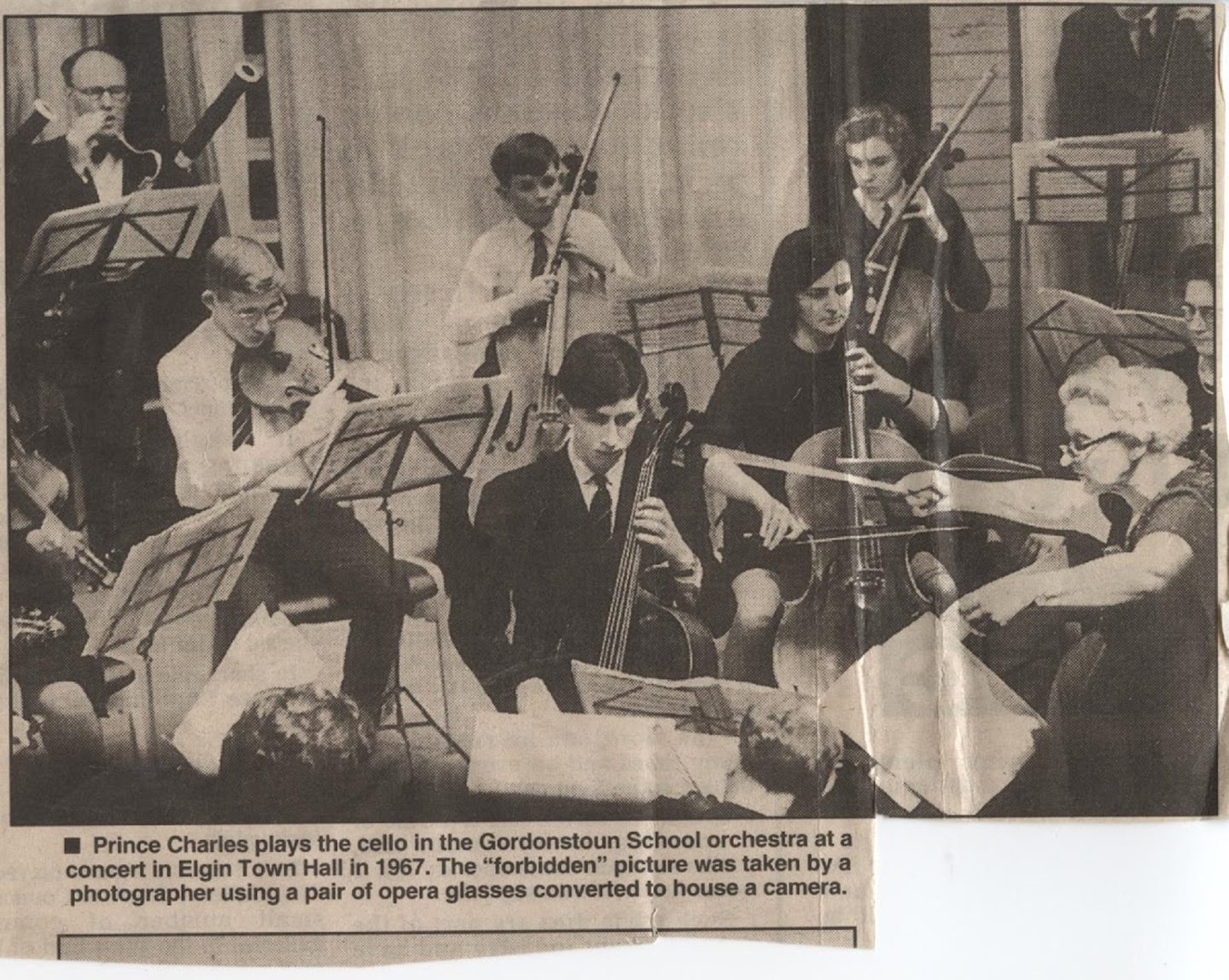
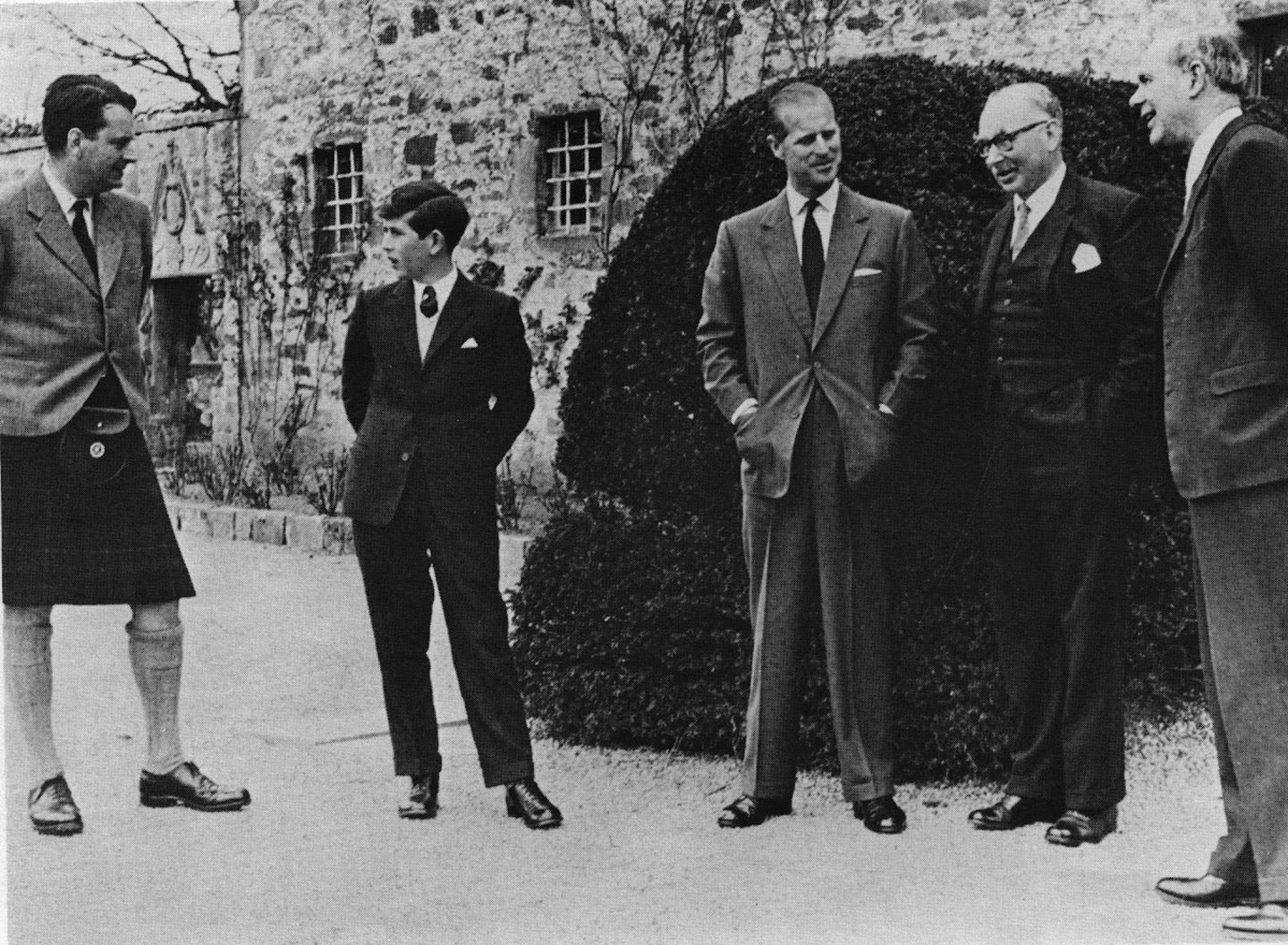
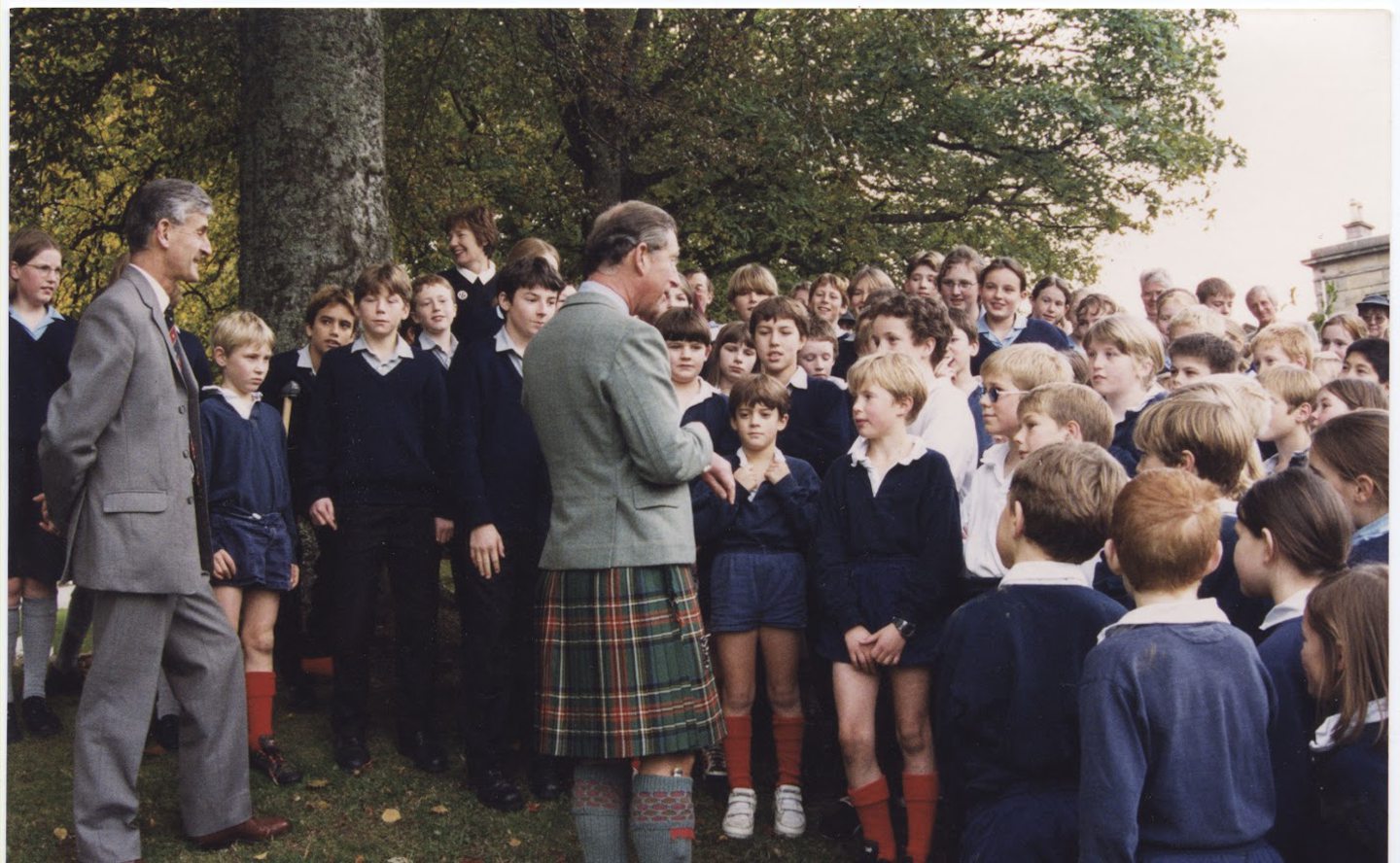
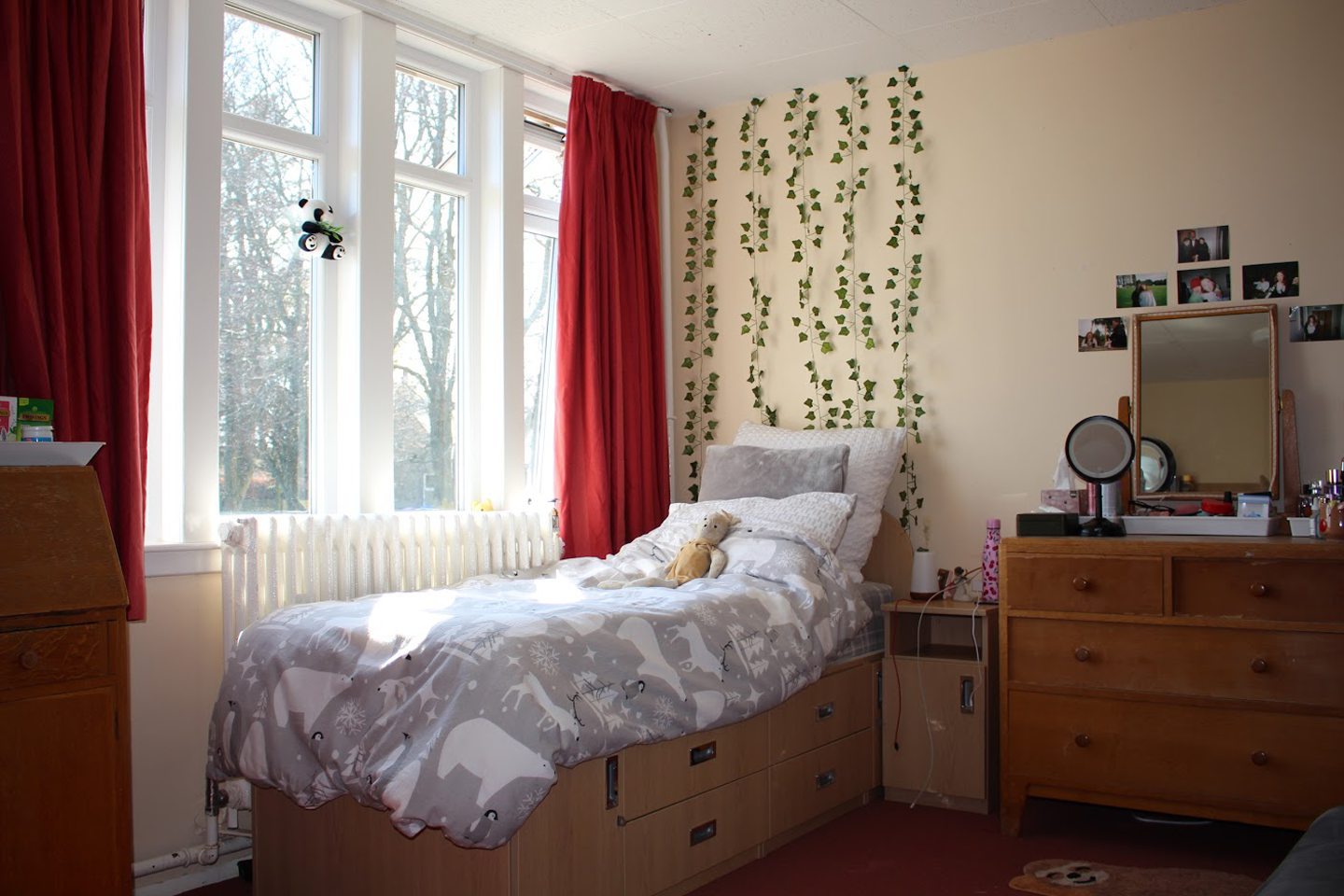










Conversation